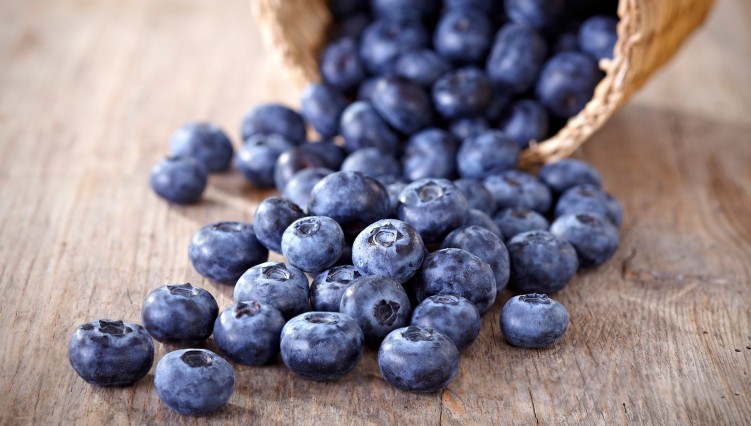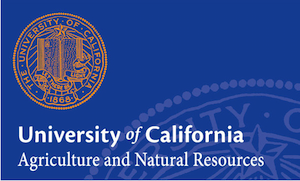UC Davis Tea Initiative Will Include Research and Teaching
Tea Initiative is First of Its Kind
By Jessica Theisman, Associate Editor
Katharine Burnett is a professor of Chinese Art History and Asian Art History at UC Davis. She spoke with California Ag Today recently about the Global Tea Initiative; a group focused on the culture and science of Tea through research outreach and teaching.
“The role of the Institute will be to tell the story of tea and all its dimensions, it will be to encourage research and to encourage interdisciplinary and transdisciplinary research along with teaching,” she said.
The Global Tea Initiative wants to develop a curriculum for undergrads and grads. They plan on developing international partnerships as a research institution.
“We want to be the … institution that can help the researcher, scholar, industry member, and community member to be able to access evidence-based knowledge about tea and to help the consumer and industry better understand what it is and what it can do for us,” Burnett said.
The Global Tea Initiative is the first of its kind.
“Other institutions study their national product or their local product either from the perspective of science or from culture, but they don’t bring science and culture together and they do not study from a global perspective,” Burnett explained.
California does not have very much tea production. UC Davis hopes to be a neutral site that can be trusted by the industry, farmers, and scholars.























